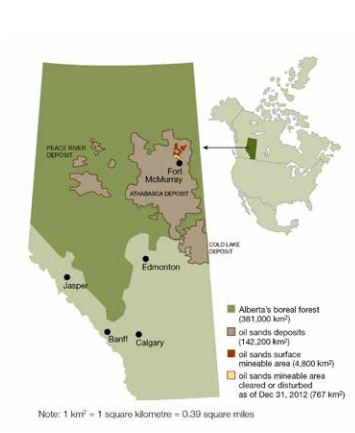Dirty Oil= Dirty Environment and Increased Health Risks..?
- jaimielmarchand
- Oct 27, 2021
- 2 min read
Environmental exposure is often linked to illness and disease. The World Health Organization (WHO) suggests, “Healthier environments could prevent almost one quarter of the global burden of disease” (2021), and add, “Clean air, stable climate, adequate water, sanitation and hygiene, and safe use of chemicals” are some pre-requisites for maintaining good health (2021). Data from 2016 reports, “24% of global deaths are due to modifiable environmental factors” (WHO, 2021).
Health promotion and disease prevention are forefront priorities on a global scale. Dixon & Dixon (2002) state, “Factors in the environment are major determinants of health for individuals and populations. Environmental health hazards such as lead exposure, poor air quality, pesticide exposure, contaminated water, and toxic sites” are causes of many illnesses and disabilities. They propose an, “integrative model of environmental health research-intended to support upstream thinking and associated research concerned with the environment and health” (2002). This model uses four broad domains: physiological, vulnerability, epistemological, and health protection which focus on, “What is the problem?, Who is affected?, How does everyone know about this?, and What do people do about it?” respectively. This model may be used to identify how the environment is affecting health in a particular population or region, and in turn create strategies and actions to decrease undesirable health outcomes.
The energy sector and oil sands development of Alberta, “have long been controversial for their environmental effect; environmentalists around the world point out that tar sands release more greenhouse gasses than conventional oil production”, and, a study by Stanford University found, “tar sands oil to release up to 20% more greenhouse gases than the production of conventional petroleum” (Edwards, 2014). Bailey, D. & Droitsch, D. report, “scientists are noting an increased presence of pollutants in the ambient air near Fort McMurray and to the south near upgrading facilities just outside of Edmonton, Alberta”, and “several recent studies show that these pollutants include toxic constituents that are carcinogens” (2014).
Using the model, we’ve identified the physiological domain as toxic byproduct released into the environment from oil sands production causing undesirable health outcomes (the ‘what’), and the vulnerability domain as the people that live in the vicinity of the oil sands production sites whose health are directly or indirectly impacted by the oil sands production byproducts (the ‘who’). The latter two domains of the model, epistemological and health protection, focus on how to disseminate information to the communities or regions involved, and then what actions people take to protect themselves.
In summary, this model may be used to identify a health hazard to a particular population, bring awareness to the affected population, and escalate the issue to a higher level of government in order to make necessary changes to policy. Growing up in northern Alberta, I was largely unaware of the potential hazards to my health from the oil sands sites. Dixon & Dixon state, “Changes in public policies as well as individual behaviors are needed to achieve reduction of environmental health hazards” (2002). Had I been aware, perhaps I could’ve modified behaviors to reduce exposure to potential environmental health hazards.






Comments